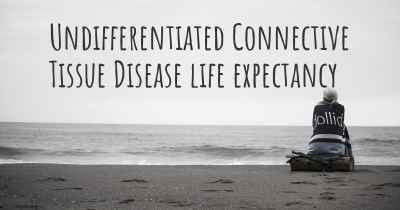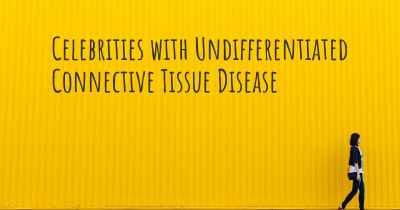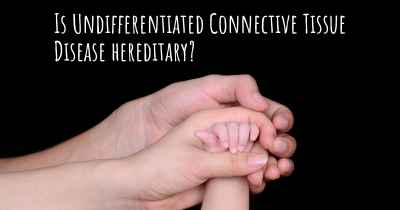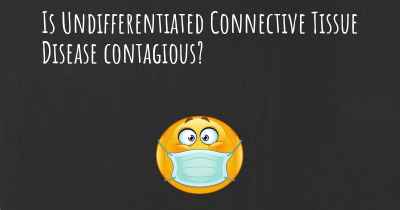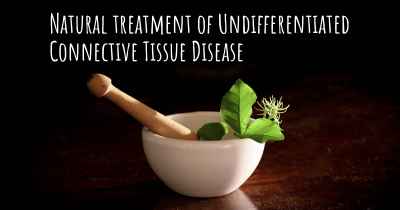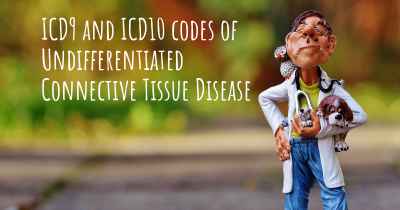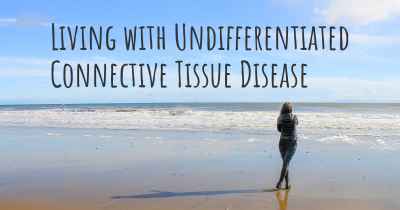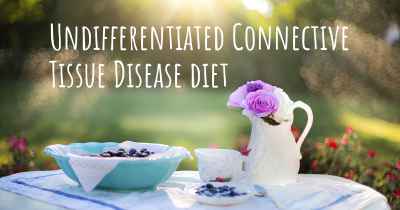What are the best treatments for Undifferentiated Connective Tissue Disease?
See the best treatments for Undifferentiated Connective Tissue Disease here
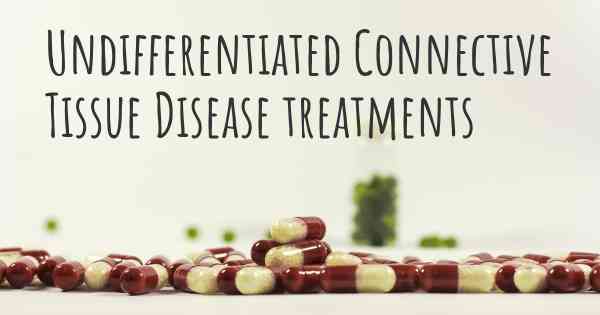
Best Treatments for Undifferentiated Connective Tissue Disease
Undifferentiated Connective Tissue Disease (UCTD) is a condition characterized by symptoms and laboratory findings that overlap with various connective tissue diseases, such as lupus, rheumatoid arthritis, and scleroderma. Since UCTD does not meet the specific criteria for any particular connective tissue disease, treatment focuses on managing symptoms and preventing complications. The best treatments for UCTD involve a multidisciplinary approach and may include:
1. Medications
Nonsteroidal anti-inflammatory drugs (NSAIDs): These medications help reduce pain, inflammation, and stiffness associated with UCTD. Common NSAIDs include ibuprofen and naproxen.
Corticosteroids: In more severe cases, corticosteroids may be prescribed to suppress the immune system and reduce inflammation. However, long-term use of corticosteroids can have significant side effects, so they are typically used for short periods and in low doses.
Antimalarial drugs: Hydroxychloroquine is often prescribed for UCTD as it can help control symptoms such as joint pain, skin rashes, and fatigue. It also has a disease-modifying effect and may prevent disease progression.
Immunosuppressive drugs: In cases where UCTD symptoms are not adequately controlled with other medications, immunosuppressive drugs like methotrexate or azathioprine may be prescribed to suppress the immune system and reduce inflammation.
2. Symptom Management
Pain management: Over-the-counter pain relievers, such as acetaminophen, can help alleviate mild to moderate pain. Additionally, physical therapy and gentle exercises can improve joint mobility and reduce pain.
Topical treatments: For skin-related symptoms, such as rashes or dryness, moisturizers, corticosteroid creams, and sunscreens can provide relief.
Rest and stress management: Fatigue is a common symptom of UCTD, so it's important to prioritize rest and manage stress levels. Adequate sleep, relaxation techniques, and stress-reducing activities can help improve overall well-being.
3. Regular Monitoring and Follow-up
Regular check-ups: It is crucial for individuals with UCTD to have regular follow-up appointments with their healthcare provider. This allows for monitoring of symptoms, disease progression, and adjustment of treatment plans as needed.
Laboratory tests: Routine blood tests can help monitor disease activity and assess the effectiveness of medications. These tests may include complete blood count, erythrocyte sedimentation rate, C-reactive protein, and autoantibody levels.
4. Lifestyle Modifications
Healthy lifestyle: Adopting a healthy lifestyle can have a positive impact on managing UCTD symptoms. This includes regular exercise, a balanced diet rich in fruits and vegetables, and avoiding smoking and excessive alcohol consumption.
Sun protection: Since UCTD can be triggered or worsened by sun exposure, it is important to use sunscreen, wear protective clothing, and limit time spent in direct sunlight.
It is important to note that the best treatment plan for UCTD may vary for each individual, depending on the specific symptoms and disease activity. Therefore, it is essential to work closely with a healthcare provider to develop a personalized treatment approach.
